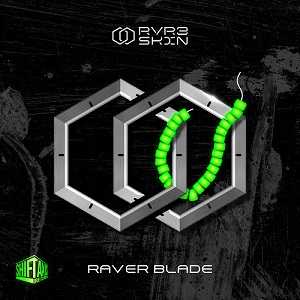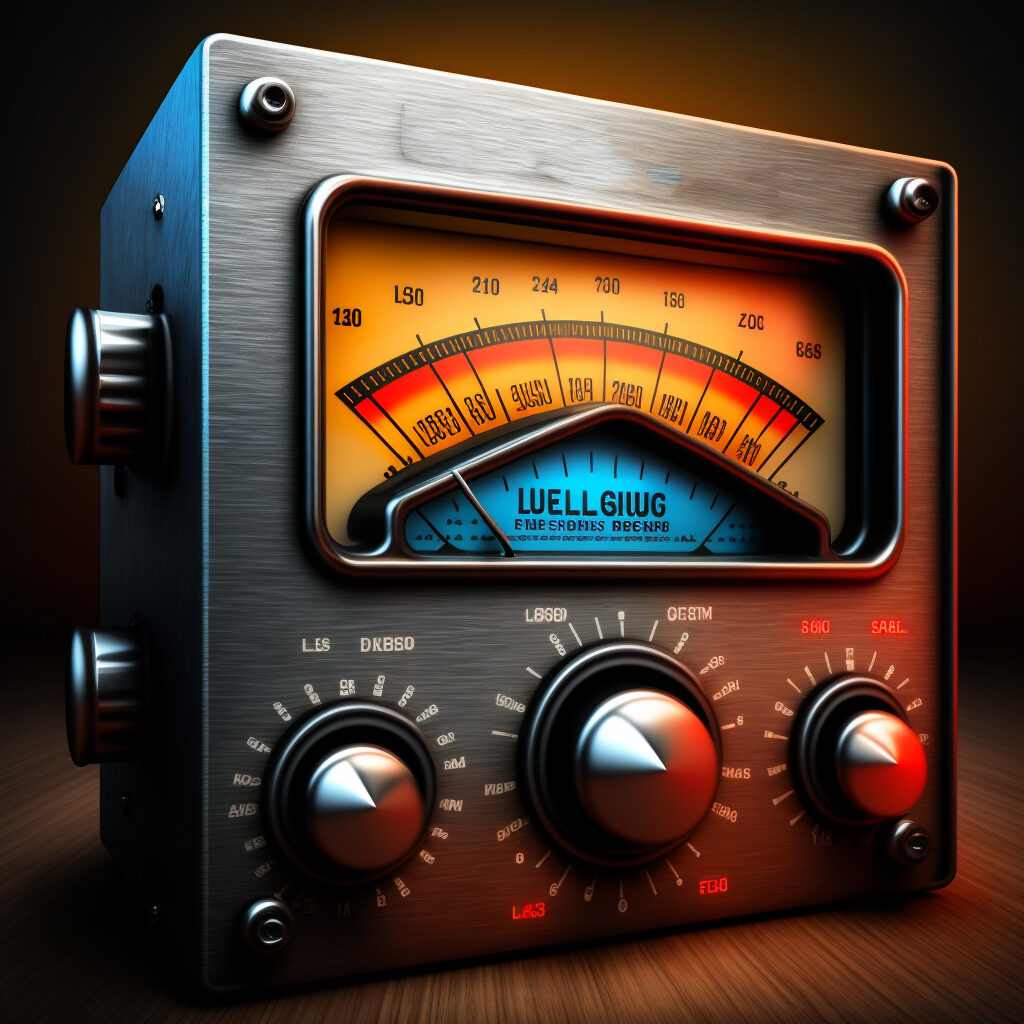Have you ever wondered why you cannot achieve the big sound that the professional make? Chances are, you are closer than you think. When reviewing most of my clients’ mixes, nine times out of ten, when their sound isn’t big enough, it’s because the individual instrument tracks, lack layers.
Introduction
It is not uncommon for professionals, to layer with several different sounds or layered instruments, all playing the same melody or note, to create a bigger sound. I personally do this with almost every sound I create, and it always make things sound fuller, larger, more powerful.
Let’s take a look at a few examples of this technique over a few different genres of music. Keep in mind the audio examples are rendered in 320kbps OGG format, to conserve storage space online.
The Goal
The goal is to make the fattest sound possible. To cover the frequency spectrum with a broader range of sound. This will make the end result audio wider (in terms of frequency).
When layering sounds. It’s important that you remember to utilize surgical EQ, to make sure each layer is serving its purpose. I wrote an article explaining in detail why surgical EQ is beneficial in mixing. You can read more about there here Cleaning Tracks With EQ.
Works With Any Genre
It’s important to understand, this technique can be used in any genre of music. For instance, Metallica, is known for layering their guitars. So are the Eagles with Acoustic guitar. Slipknot are also known for doing this with their main drums, percussionist and the DJ. Hip Hop producer utilize this trick with vocal FX responses, replies and doubles. EDM producers use this on almost every single sound made. Examples of producers that execute it well are Skrillex, Au5, Tiesto and Deadmau5, just to name a few.
Just because most of the examples in this post are in the dance music genre, doesn’t mean you can’t use this technique in your own genre of choice. This method is what separates amateurs from the pros.
Something Extra
If you really want to create something special, try writing each new layer with tiny variations, to create and even more complex layers.
Put Into Practice
Below, I have created several examples, in several difference genres of music to prove how useful this technique is, when applied to every instrument track in your song.
The first example is the first few bars of a Trance melody I made from one of my songs. The layering system comprises of a total of five layers all working together to create a single, big melody. It’s important to note, that all of the layers are playing the exact same melody, with a few note changes.
No other effects have been applied to the layers. This is to show how big of a sound you can get with just layering.
Typically, I would add compression, reverb, delay and possible saturation. The individual layers themselves have FX on them within the VST that I created them, but nothing on the melody layer buss channel, or master output, aside from a limiter for loudness.
Trance Lead Melody Example
Notice how any on layer sounds pretty good by itself and unfortunately this is where many musicians and artists stop. They have one layer of sound and think it will be great, with some added processing. And while it’s possible this can be true; nothing sounds as good as a multilayer sound. The multi-layer sounds, just sound…well. more interesting, full!
Now listen to all of the layers combined, which create a fuller spectrum of sound.
As I will show below, it is important to note, that this technique can done and should be done with every instrument track in your songs. Yes, some people prefer minimal sound, and you can achieve minimal sounds, while still layering, without creating a wall of sound, but the explanation is for a future article.
Below is a kick drum example. Overall, a somewhat minimal sound but layering creates a new, more powerful version of that sound.
Big Room Kick Drum Example
In the next example I have taken a kick drum I made for a Big Room track I am working on. The kick drum consists of four layers in total.
I could probably create my song with the main kick drum, but it wouldn’t have that Big Room house feel to it. By combining the layers, not only is the kick drum more unique to me, but it also sounds fuller and ranges across more of the overall frequency space, resulting in a bigger more professional sound.
Below is the audio example of all the layers of the kick drum combined. Notice how unique the sound becomes once all the drum sound are layered.
Don’t think this technique is only useful in Electronic Dance Music. Like stated above, many Rock and Hip Hop producers utilize this trick when producing their tracks.
Rock Guitar Example
In the final example, I wanted to show how this same technique can be applied to any genre of music. The rock guitar riff below, further proves my point that layering is the key to a professional sound Irregardless of genre.
Again, I could use the main guitar riff, add some bass, drums and vocals and call it finished. But it just wouldn’t sound a big, leaving the overall song mix, sounding, unprofessional. The audio example below shows just how big the sound can be, once the layers are combined!
Final Thoughts
The important thing to remember here, is layering your sounds will create a larger, fuller, more professional sound.
Being able to determine which sounds/instrument to use and how to mix them so they sound clean, together. Will take some time to develop this skill, but I am proof that anyone can do it!
Make sure you are mixing the tracks with surgical EQ so there is not too much mud in the mix. If you are having issues or would like to review surgical Equalization, I wrote an article on this exact subject. You can read more about that here Cleaning Tracks With EQ.
Another simple way to mix these layers is to use sidechain compression. I wrote an article about that here Sidechain: Not Just for Kicks!
Experiment With This Technique
Don’t be afraid to experiment with this technique. As the possibilities are endless.
Hope this article helps someone out there… in search of the ever-elusive perfect mix!






Leave a Reply